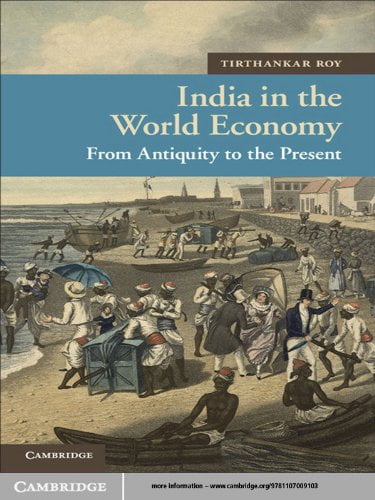
India in the World Economy: From Antiquity to the Present by Tirthankar Roy is a fascinating book that traces the history of India’s economic interactions with the rest of the world over two millennia. Roy, a professor of economic history at the London School of Economics and Political Science, shows how India has been a major player in the global exchange of goods, people, ideas, and institutions, and how this has shaped its economic development, political system, and social identity. He also challenges some of the common myths and stereotypes about India’s economic history, such as its isolation, stagnation, and exploitation by colonial powers.
The book is divided into four parts, each covering a broad theme that reflects Roy’s multidisciplinary approach and wide-ranging interests. The first part deals with the ancient and medieval periods, when India was a hub of trade and commerce in Asia and Africa, and had a vibrant maritime culture. The second part focuses on the early modern period, when India faced new challenges and opportunities from the rise of European powers and the expansion of the Indian Ocean trade. The third part examines the colonial era, when India became integrated into the world economy through trade, migration, and investment, but also experienced political subjugation and economic decline. The fourth part discusses the post-colonial period, when India embarked on a quest for development and democracy, but also faced the dilemmas of globalization and identity.
The book is written in an engaging and accessible style, with ample use of anecdotes, examples, and illustrations. It is based on extensive research and draws on a variety of sources, including official statistics, archival documents, literary works, and oral histories. It also provides a comparative perspective by situating India within the broader context of world history and highlighting its similarities and differences with other regions. The book is not only a comprehensive survey of India’s economic history, but also a stimulating exploration of its cultural diversity and political complexity. It is a must-read for anyone interested in understanding India’s past, present, and future in the world economy.
